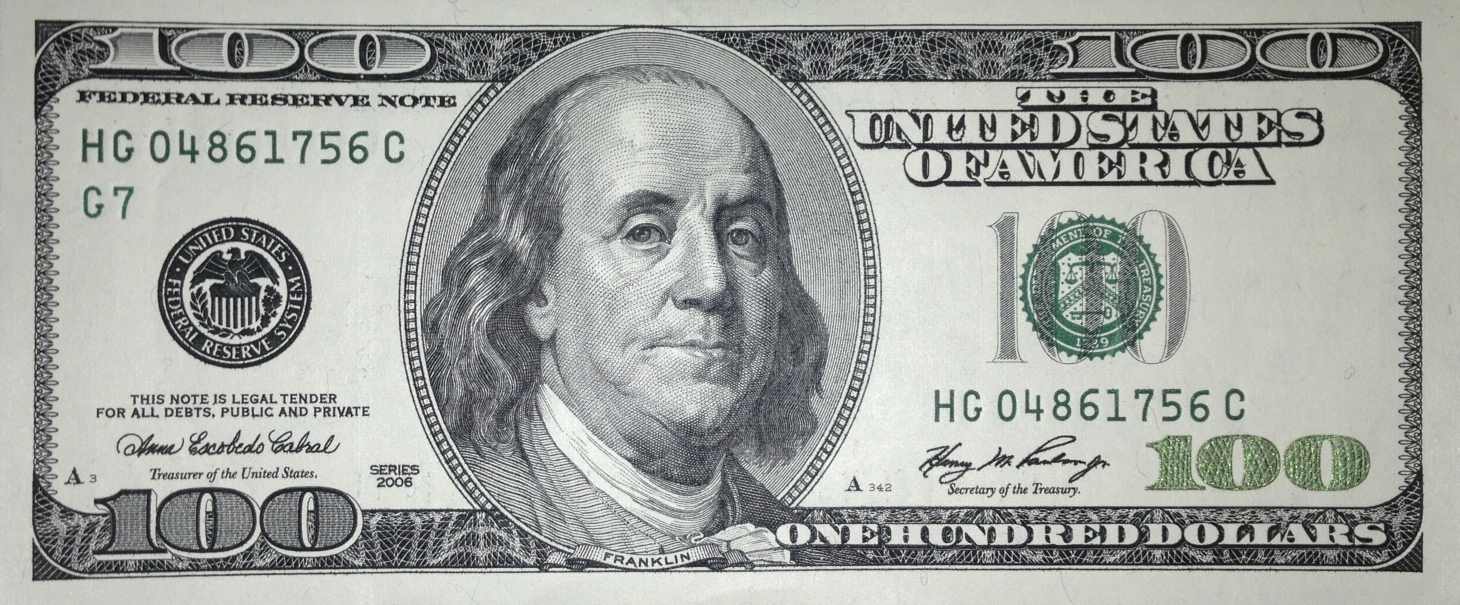The rules
/Coming up on my 8th year as an artist, and my 64th year as a human, I have learned a lot about people. In most cases, they are kind, thoughtful, generous, and many have become good friends.
There are those few who are pretty self centered and in their own world. Those with a total lack of respect for other's time. These people are the ones who have generated a good number of the rules I have, over time, created. Up to this point, they have been in my head. Today I will put them here for all to see.
Why share these rules? So I can point them out to those that break them. A form of hitting them on the nose with a rolled up newspaper when they have shit on the carpet. I doubt they will learn from them, but being an old guy who doesn't put up with shit, on the carpet or in life, I have to give it a try. Some may judge me as an ass and egotistical. Maybe I am, but I don't care what others think of me. It's not my business. So there! Neener, neener!
So, without further babbling, here they are. The list may continue to grow over time of course.
1. I never ask twice. When I ask if someone will do a certain type of posing for me, such as implied or nude, their answer is in stone. And I do mean stone. If that model then tells me he or she has changed their mind...sorry, but no. Why? If I go ahead and shoot someone in a manner they previously didn't want to do, they could and have, just as easily, changed they mind and asked me to remove all of our work. That's hours and hours of my time wasted.
2. Hook ups by models. This is when I shoot a couple for a book cover, and one of them hits on the other. I know, right? This shouldn't be any of my business. When I spend hours editing images and hours doing the shoot, and I'm trying to market our work...and then get a message from one of them saying they broke up and they want me to pull all of our material. Yeah, that sucks big time. This is a professional operation and I value everyone's time, not just mine. So yeah, I make it known I don't want to see any 'hook ups' and if it happens, well, no, I'm not going to waste our work. It will still get posted and sold. And yup, we won't be shooting again.
3. I won't shoot models who are living with photographers. That sounds a little high and mighty and judgemental of me, but it's not. I don't care about their relationship or marital status. Not my business. But I have learned that if a model wakes up next to a photographer it changes everything about how they respond to my camera and I. This one I can't put my finger on exactly, it just doesn't work well for me. I have a few exceptions. In all of them, they are either friends or we shot long before they started with their new relationship and our established creative relationship seems to stay functional.
4. No shows. If we schedule a time and day and you don't show up, I don't care what the excuse was. You have my number and you could have let me know. If you care that little about my time, well, I'd be a fool to give you more to disrespect.
5. I only book with the model directly. I certainly don't go through agencies. Nothing I shoot is good for an agency portfolio. And there has never been an exception that this hasn't bit me on the rump. Every time!! So no middle men (or women) when I book or communicate.
So, until I think of other times I ended up with bite marks on my ass, and reasons I got them, that's the rules. Having them written down is helpful for an old guy like me.
And, in case you were wondering, yes, this afternoon I had a shoot set up that broke THREE, count them, THREE! of my rules. Messaged the guy after 30 minutes late and he said 'sorry, baby sitter flaked'. I asked why he didn't think to message me and let me know, and I get another 'sorry'. Yep, wasted the whole day. Well, other than getting this blog done finally.
Have your own rules, written or not. It may keep the bit marks on your ass to a minimum.























